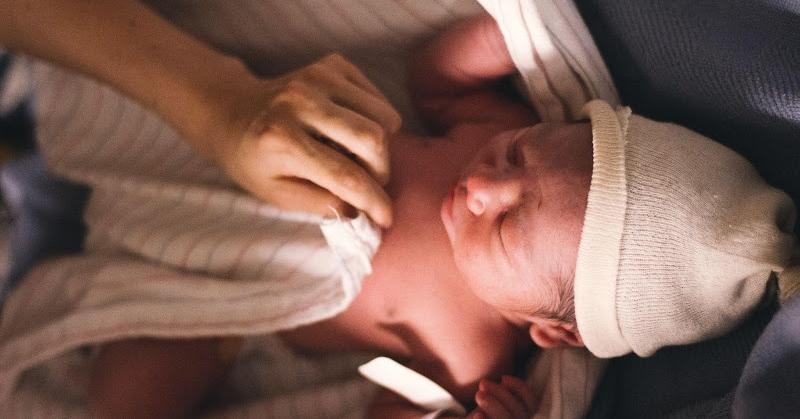Cerebral palsy (CP) is a condition that affects a person’s ability to move and maintain balance and posture. It happens because of brain damage that occurs before, during, or just after birth. Sadly, sometimes, this damage is caused by mistakes made by healthcare providers.
This article tackles the difficult subject of CP and when it’s the result of medical malpractice. It will cover important topics like how to recognize signs of medical mistakes and the legal steps families can take if they believe their child’s CP was caused by malpractice.
-
Understanding Medical Malpractice and Cerebral Palsy
Medical malpractice happens when a healthcare worker doesn’t give the appropriate care to a patient, resulting in them getting hurt. When talking about cerebral palsy (CP), it’s important to understand that not every case is the result of a mistake made by a healthcare provider. Some cases happen because of natural complications that can’t be avoided. It might also be due to genetic issues or infections during pregnancy.
However, there are instances where CP is the result of a preventable mistake, such as improper use of medical instruments or not responding fast enough to signs of distress during labor.
-
Identifying Signs of Medical Negligence
Identifying signs of medical negligence is the first step if you suspect preventable mistakes during childbirth caused your child’s cerebral palsy. It is important to be aware of what constitutes negligence.
Some signs to look out for are improper use of delivery tools, slow response to signs of fetal distress, or a delay in deciding to perform a cesarean section when needed.
As a parent, realizing these signs might lead you to a critical question: can you sue a hospital for cerebral palsy? The straightforward answer is yes. If it can be proven that cerebral palsy resulted from preventable errors during childbirth, then you have grounds to file a lawsuit.
Initiating a cerebral palsy lawsuit can potentially secure financial compensation that would assist in catering to your child’s treatment and care needs. It’s about holding the responsible party accountable and seeking the necessary support for your child’s wellbeing.
-
Legal Procedures in Cerebral Palsy Cases
Starting legal action in cerebral palsy cases requires one to understand different procedures clearly. The first thing to do is to file a lawsuit, where you officially state your claims. After filing, you collect all the evidence, like medical records, to support your case.
Sometimes, these cases go to trial, where both parties present their sides. Knowing and following the deadlines, also called statutes of limitations, is important so that your case doesn’t get dismissed for being late.
A good step to take early on is to hire a lawyer who knows a lot about cerebral palsy cases. Good lawyers will use their deep knowledge and past experiences to guide you through the process. These lawyers know the ins and outs of the legal world, helping you to have the highest chance of winning your case.
-
Gathering Relevant Medical Records
To build a strong cerebral palsy lawsuit, you’ll need to collect comprehensive medical records, a task you can undertake with the guidance of your attorney. These include prenatal check-up reports, MRI or CT scans, delivery room records, and postnatal care documents, among others.
Seek detailed documents that mention any complications or abnormalities noted by healthcare providers during or after the birth. It is vital to request records of all medical interventions and medications administered. Don’t forget to secure testimonies or notes from the nurses, gynecologists, or other specialists involved.
Once you have them, your legal team will scrutinize each document. They’ll highlight pieces of evidence of negligence, such as delayed C-section, improper handling of birth instruments, or failure to monitor fetal distress, to name a few.
These materials establish a factual timeline of events, helping to illustrate any deviation from standard medical procedures. By presenting a clear picture backed with documented evidence, you increase your chances of succeeding in your case, ensuring a fair judgment for your child.
-
Expert Testimonies in Cerebral Palsy Cases
In cerebral palsy court cases, the testimonies of expert witnesses are crucial. These experts could be seasoned gynecologists, neonatologists, or other specialists who have deep knowledge of childbirth and neonatal care.
They delve deep into all the medical records, meticulously analyzing every decision taken and action performed during prenatal care and the delivery process. Their insights can clearly pinpoint where the medical team may have gone wrong, illustrating the missteps with concrete facts and evidence.
These experts testify in court, providing a detailed breakdown of the errors, backed by their expertise and understanding of accepted medical practices. Having them on your side gives your arguments more weight. It also brings out the facts and can back up your case with solid, undeniable evidence based on expertise.
-
Financial Compensation in Cerebral Palsy Cases
When cerebral palsy occurs because of medical mistakes, families can seek financial compensation. This money can be directed towards specialized treatments that might be needed over the child’s lifetime.
It can cover physical therapy to improve mobility, speech therapy to aid communication, and educational support to help with learning. Families can also use the funds for home adaptations to enhance accessibility and safety.
Conclusion
Understanding and facing the repercussions of cerebral palsy due to medical errors is a big task. Families need to pinpoint signs of negligence, gather the necessary medical records, and find experienced lawyers. Seeking financial compensation is a right, not a privilege.
As families embark on this tough journey, recognizing the emotional toll is vital. Acknowledging pain and working through anger could be the first step in a long journey toward justice and healing.
